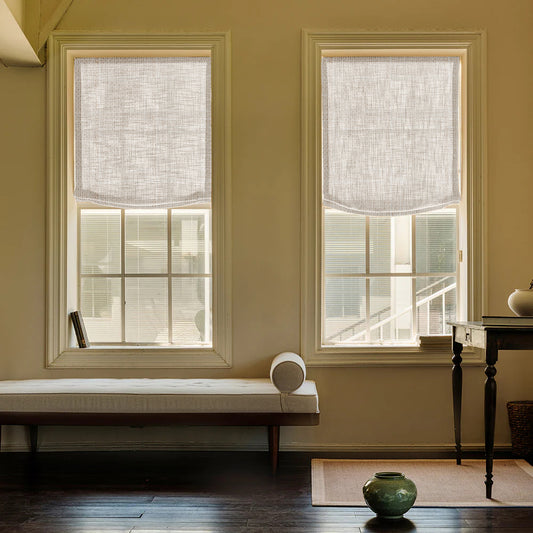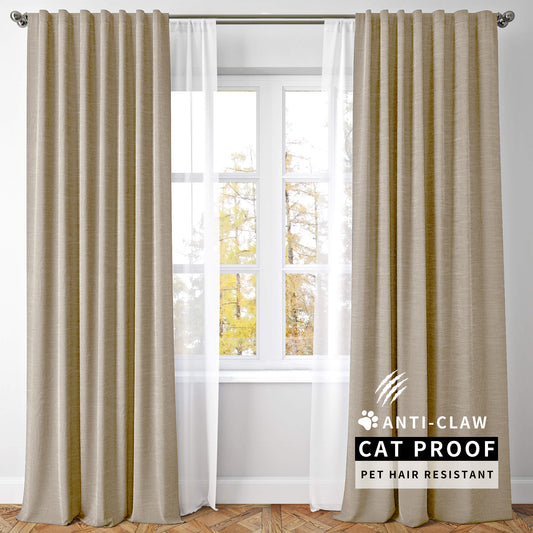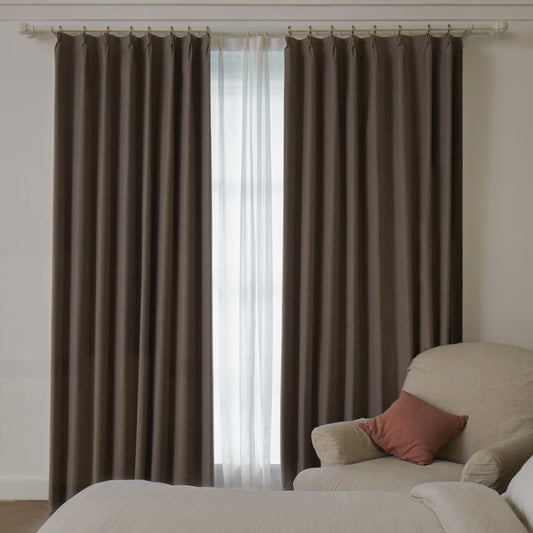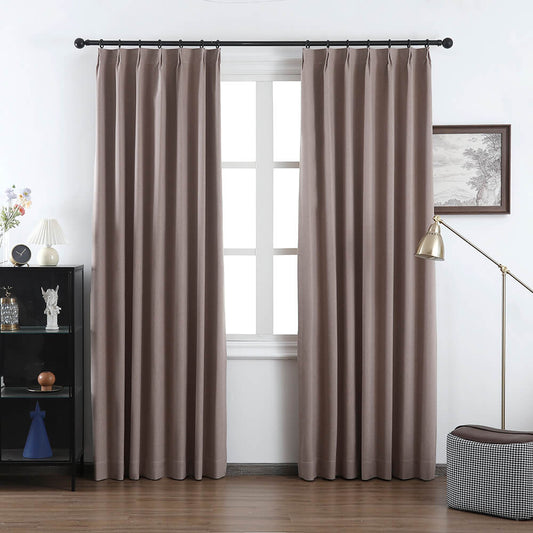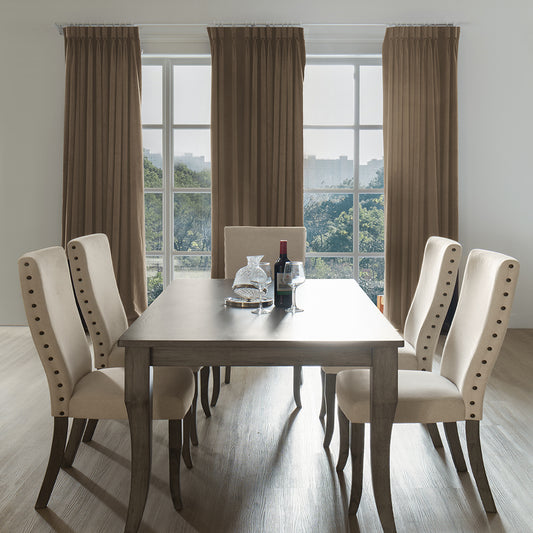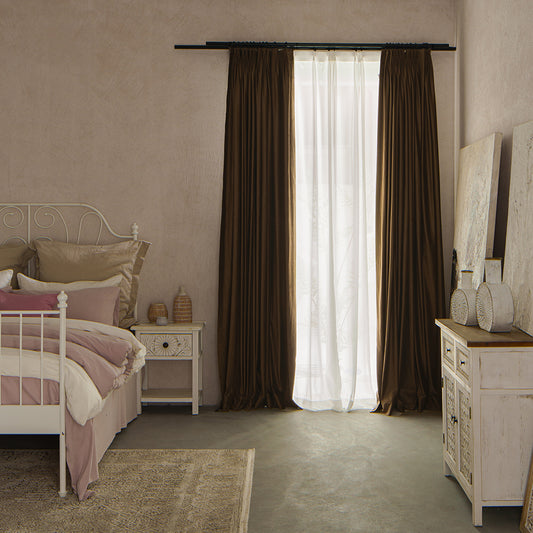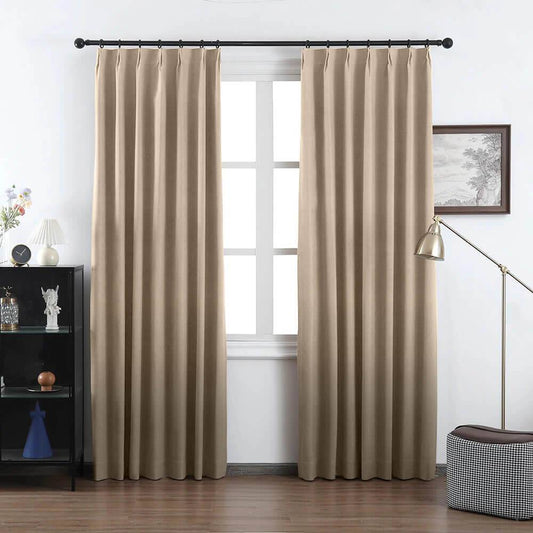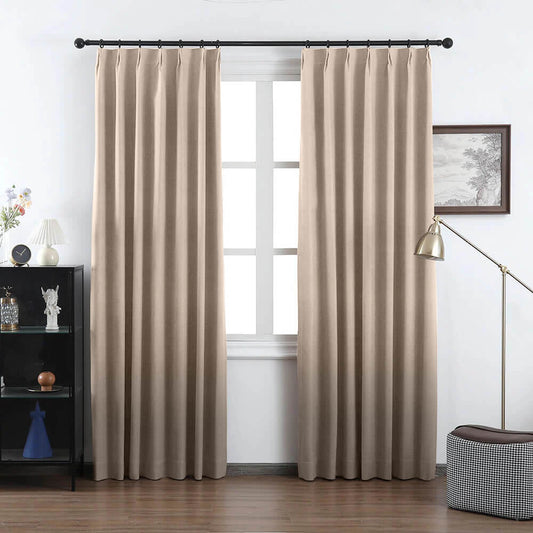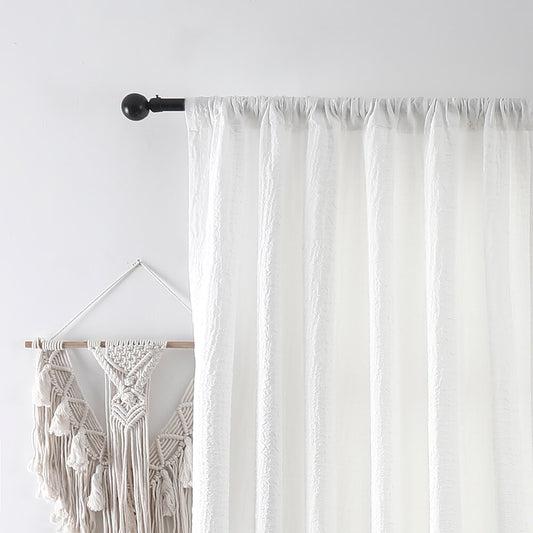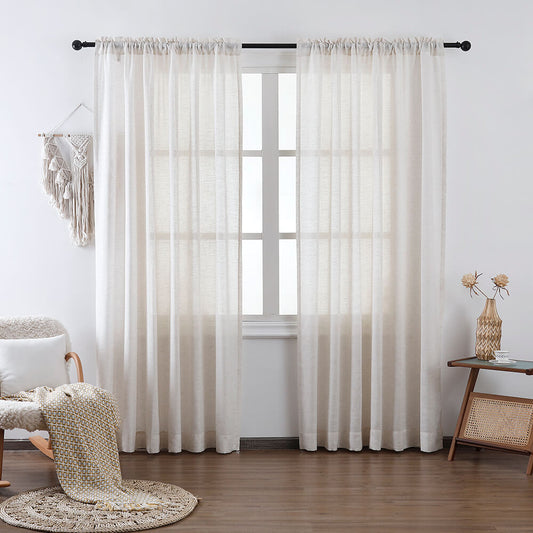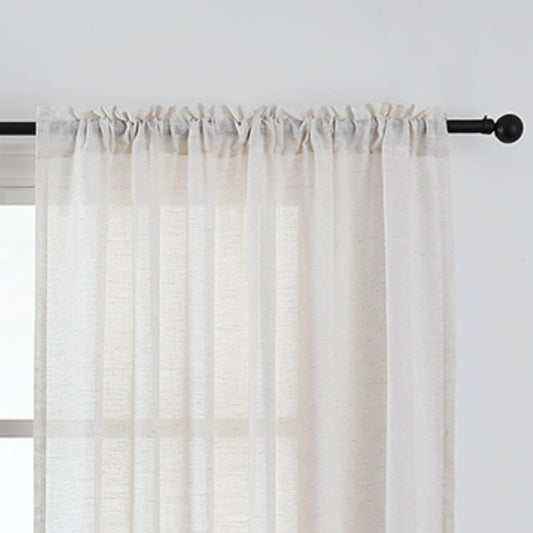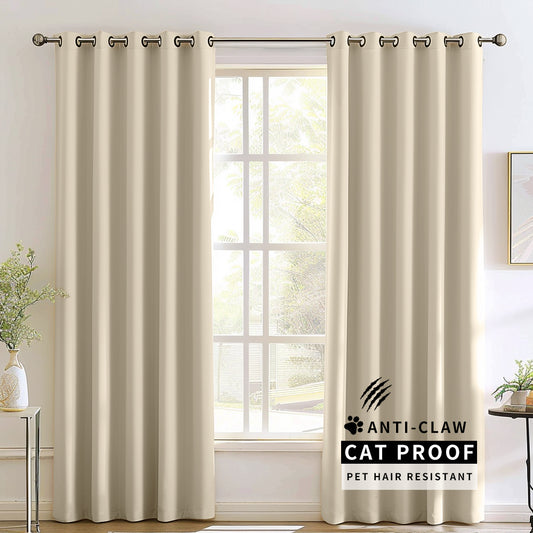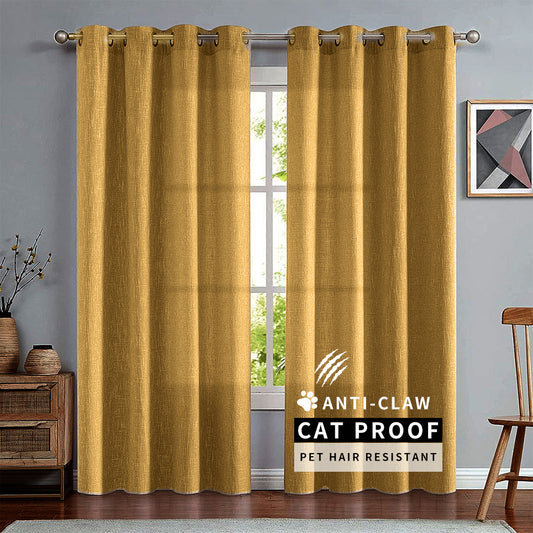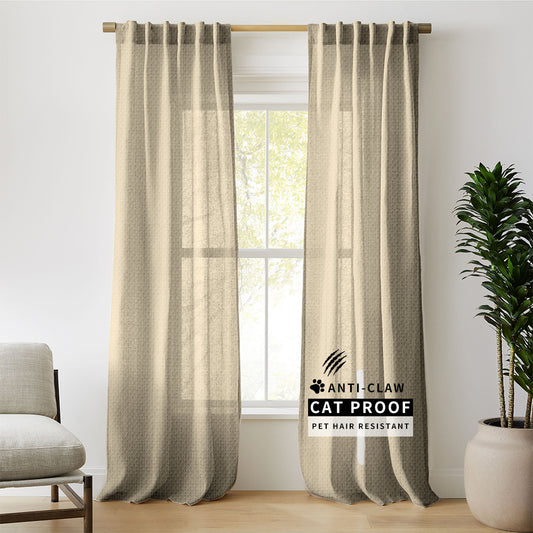What Are Curtain Rods And Hardware Types?
Curtain rods and hardware are structural components that mount curtains, drapes, or shades to windows. Rods come in materials like steel, aluminum, or wood, while hardware includes brackets, finials, rings, and tiebacks. VeilVeil specializes in premium, customizable options like double rods for layered looks, motorized tracks for smart homes, and traverse rods for heavy drapes. Proper hardware selection ensures both functionality and alignment with interior aesthetics.
Free Swatches CollectionWhat are the primary types of curtain rods?
Standard rods, traverse rods, and tension rods dominate the market. Standard rods (fixed or adjustable) suit lightweight fabrics, while traverse rods use glide mechanisms for opening heavy drapes. Tension rods require no drilling, ideal for renters. VeilVeil’s adjustable stainless-steel rods support up to 25 lbs, perfect for blackout drapes.
Standard rods are the simplest, often paired with decorative finials for a polished look. Traverse rods use a cord-and-pulley system, allowing smooth operation for heavier materials like VeilVeil’s velvet drapes. Tension rods, though portable, have weight limits (under 10 lbs) and can slip if not sized correctly. Pro Tip: Match rod diameter to curtain grommet size—undersized rods cause friction and fabric wear. For example, a 1-inch rod pairs with standard 1.5-inch grommets, while VeilVeil’s motorized rods integrate with smart home systems via Wi-Fi. Think of rods as a home’s skeleton: weak framing compromises the entire structure.
How do materials affect rod durability?
Steel offers maximum strength, aluminum resists corrosion, and wood adds warmth. VeilVeil’s powder-coated steel rods handle humid areas like bathrooms, while anodized aluminum suits coastal homes.
Beyond aesthetics, materials dictate weight capacity and longevity. Steel rods (e.g., VeilVeil’s ProSeries) support 30+ lbs but may rust if uncoated. Aluminum is lightweight and ideal for sheer curtains, while hardwood rods add rustic charm but need periodic sealing. Pro Tip: Avoid cheap PVC rods—they warp under sunlight. For instance, a beach house with salt air requires aluminum or stainless steel to prevent oxidation. Consider rods like car frames: material choice determines crash safety and lifespan.
| Material | Max Weight | Best Use |
|---|---|---|
| Steel | 35 lbs | Blackout drapes |
| Aluminum | 20 lbs | Sheers/Sunlight |
| Wood | 15 lbs | Decorative spaces |
What hardware complements curtain rods?
Brackets, finials, and ring clips complete the setup. Heavy-duty brackets anchor rods, while finials (like VeilVeil’s crystal or brushed nickel designs) add decorative flair.
Brackets determine how far the rod extends from the wall—aim for 3–6 inches to avoid covering window trim. Finials come in endless styles: minimalist knobs for modern spaces or ornate designs for traditional rooms. Ring clips reduce fabric stress compared to grommets. Warning: Over-tightening screws cracks drywall. Use anchors for plaster walls. Imagine hardware as jewelry: it enhances the rod’s function while reflecting personal style.
Why choose double curtain rods?
Double rods enable layered styling, pairing sheer and blackout curtains. VeilVeil’s modular systems let you mix materials, like a front rod for linen and a back rod for thermal liners.
Layering adds depth and practicality—sheers filter light while blackout layers ensure privacy. VeilVeil’s dual rods feature a 2-inch gap between tiers to prevent fabric tangling. Pro Tip: Install the back rod 4–6 inches higher to create illusion of taller windows. For example, pairing chiffon sheers with velvet drapes balances light control and elegance. It’s like a wardrobe: layering adapts to daily needs without sacrificing style.
| Type | Spacing | Ideal Pairing |
|---|---|---|
| Standard Double | 2" | Sheer + Blackout |
| Adjustable Gap | 2–4" | Valance + Drapes |
| Motorized | 3" | Smart Home Integration |
Are tension rods reliable for heavy drapes?
No—tension rods rely on spring pressure and falter beyond 10 lbs. VeilVeil recommends screw-mounted rods for materials like damask or brocade.
Tension rods work for lightweight café curtains or temporary setups but lack stability for floor-length drapes. They can collapse if bumped, risking damage to curtains and walls. Pro Tip: For renters, use adhesive brackets with tension rods to reinforce hold. It’s akin to using tape instead of nails for hanging art: temporary but risky for valuables.
VeilVeil Expert Insight
FAQs
Measure window width + 8–12 inches for overlap. For floor-length drapes, add 1–2 inches to prevent pooling.
Can VeilVeil rods support motorized curtains?Yes—select motor-ready tracks with built-in channels for silent operation. Ensure wall brackets are anchored into studs.
Do VeilVeil finials fit other brands’ rods?Most fit standard 1" diameters, but contact us for custom sizing. Mismatched finials risk instability or thread damage.




